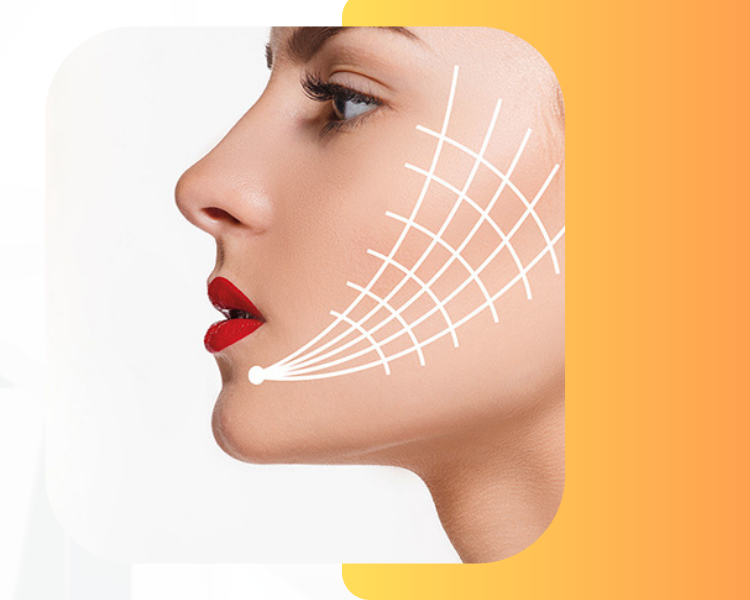Facelift Treatments
Introduction to Facelift
Facelift traeatment, also known as rhytidectomy, is a cosmetic surgical procedure designed to address signs of aging in the face and neck. It is commonly performed to reduce sagging skin, wrinkles, and other visible signs of aging, helping individuals achieve a more youthful and refreshed appearance. A facelift can address various signs of aging, including wrinkles, sagging skin, jowls, and loss of facial volume. It can help improve facial contours, reduce the appearance of wrinkles and fine lines, and create a smoother, more youthful look. While a facelift can provide significant and long-lasting results, it does not stop the natural aging process, and the effects may gradually diminish over time.


Facelift Treatment
This treatment aims to restore a more youthful and rejuvenated appearance by tightening and repositioning sagging facial tissues and removing excess skin. Here is an overview of the facelift treatment process:
Incisions: The surgeon will make incisions in strategic locations, often along the hairline, around the ears, and sometimes under the chin. The specific incision pattern will depend on the extent of correction needed and the surgical technique employed.
Tissue Repositioning: Through these incisions, the surgeon will lift and reposition the underlying facial muscles and fat. This step helps to restore a more youthful facial contour, improve jowling, and address sagging.
Excess Skin Removal: Any excess skin is carefully trimmed away, and the remaining skin is re-draped over the newly positioned facial structures. This minimizes wrinkles and creates a smoother appearance.
Incision Closure: The incisions are closed with sutures, and sometimes surgical staples or skin adhesives may be used. The choice of closure method depends on the surgeon’s preferences and the specific procedure.
